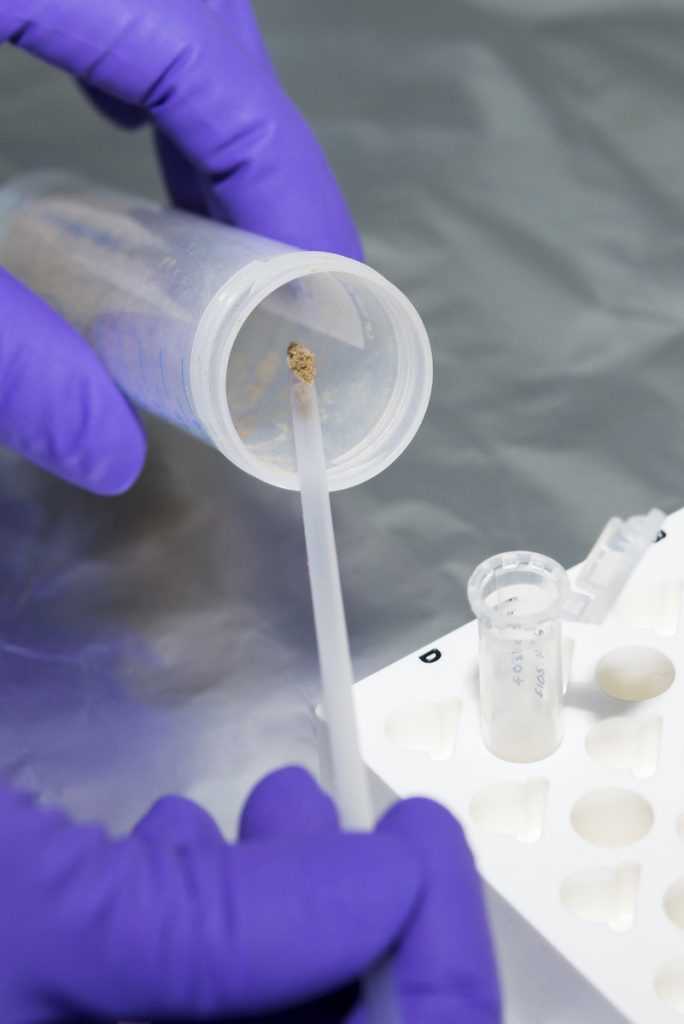BERLIN – No bones? No problem!
Scientists say they’ve figured out a way to extract tiny traces of ancient human DNA from dirt in caves that lack skeletal remains.
The technique could be valuable for reconstructing human evolutionary history, according to the study published Thursday in the journal Science.
That’s because fossilized bones, currently the main source of ancient DNA, are scarce even at sites where circumstantial evidence points to a prehistoric human presence.
“There are many caves where stone tools are found but no bones,” said Matthias Meyer, a geneticist at the Max Planck Institute for Evolutionary Anthropology in Leipzig, Germany, who co-authored the study.
The researchers collected 85 sediment samples from seven caves in Europe and Russia that humans are known to have entered or even lived in between 14,000 and 550,000 years ago.
By refining a method previously used to find plant and animal DNA, they were able to search specifically for genetic material belonging to ancient humans and other mammals.
Scientists focused on mitochondrial DNA, which is passed down the maternal line, because it is particularly suited to telling apart closely related species. And by analyzing damaged molecules they were able to separate ancient genetic material from any contamination left behind by modern visitors
The researchers found evidence of 12 mammal families including extinct species such as woolly mammoth, woolly rhinoceros, cave bear and cave hyena.

By further enriching the samples for human-like DNA, however, the scientists were able to detect genetic traces of Denisovans — a mysterious lineage of ancient humans first discovered in a cave in Siberia — and Neanderthals from samples taken at four sites.
Crucially, one of the sites where they discovered Neanderthal DNA was a cave in Belgium, known as Trou Al’Wesse, where no human bones had ever been found, though stone artefacts and animal bones with cut marks strongly suggested people had visited it.
Eske Willerslev, who helped pioneer the search for DNA in sediment but wasn’t involved in the latest research, said the new study was an interesting step, but cautioned that it’s difficult to determine how old sediment samples found in caves are.
“In general [it] is very disturbed and unless you can show that’s not the case you have no idea of the date of the findings,” said Willerslev, an evolutionary geneticist at the University of Copenhagen, Denmark.
Meyer said the new method greatly increases the number of sites where archaeologists will be able to find genetic evidence to help fill gaps in the history of human evolution and migration, such as how widespread Neanderthal populations were and which stone tools they were able to make.
Scientists may also be able to greatly expand their limited knowledge of the Denisovans, whose DNA can still be found in Melanesians and Aboriginal Australians today, by using the new procedure.
“In principle, every cave where there’s evidence of human activity now offers this possibility,” Meyer told a news agency.










